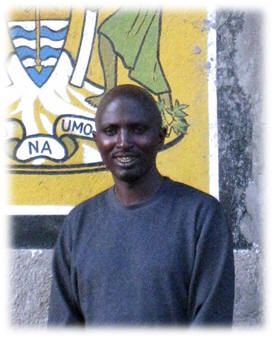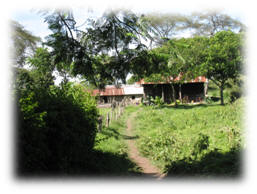Contact us for further questions about the program:
Tanzania:
+255 755 455101
USA:
info@imbaseni.org
|
From the Imbaseni village chairman,
“Welcome to
Imbaseni. We are pleased
to introduce you to our beautiful village where we and
our ancestor live. We hope
Thank
you and enjoy your visit! |
|
|
Meru family boma:
A large Meru family usually lives in its own compound. The
husband’s house is in the middle and his wives and children
live in houses around him. Grown-up sons and grandsons will
build their own houses on surrounding land |
A typical Meru family in
transition: Meet
the three surviving wives of a prestigious local chief in
their family compound. The three sons of the youngest mother
are embracing modern life with their new clothing style. A grandson is playing at the
well-groomed grave of his respected grandfather. |

Still,
a traditional way of life:
Women still patch their houses with cow dung and mud every
year. Milk tea is made every morning. There is no
electricity, so lamp lighted up the small rooms in the evening. Traditional maize soup
is made in the family pots and is kept fresh for the family
members in their respective bottle gourds. Banana beer still
beats modern bottled beer in popularity. Chewing mint leaves
is still the preferred and convenient way to fix a bad
stomach. Peacefully and beautifully, a traditional way of
life is enjoyed by the people of imbaseni.
|
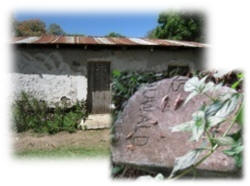
German solder’s house:
This house, which is more than 100 years old, belongs to a
German soldier who decided to stay behind after his army
unit left.
His daughter
lived her whole life in the village and was buried here
|
 The oldest path from Arusha to Mt. Kilimanjaro: Before the highway was built, this was the only path to get to Mt. Kilimanjaro. Horses and animals were the major means of transportation. |
|
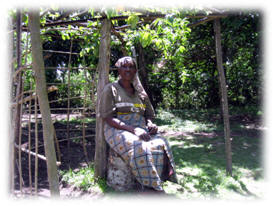 Traditional healer: Mrs. Alfato is picking her herbs. She does not accept money for treatment from fellow villagers since it is god’s will to give her talent to help the people of her village. |

Water spring:
The spring used to be the only soure for drinking
water in the
village. Women walked hours to wash and fetch water. |

Coffee, banana and maize
plantation:
80% of the villagers are farmers. They guard their own
plantation with the saint Isale trees. In the harvest
seasons, you are
welcome to lend a hand in the field |
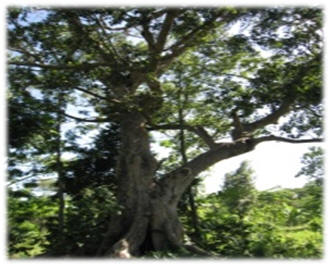
Fig tree:
Before the church and school were built, the
villagers used to pray and the kids would study under the
ancient old Fig tree. Young men also gathered here to
wish for finding beautiful wives and happy unions. |
| ... and much more... contact us today to reserve your spot >>>> | |
© 2009 Project Imbaseni

